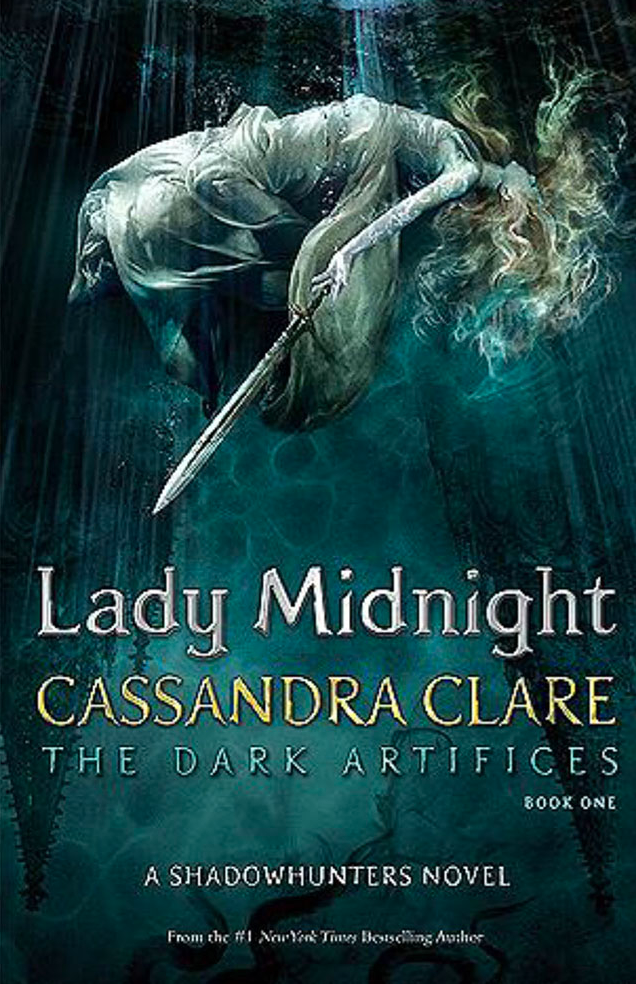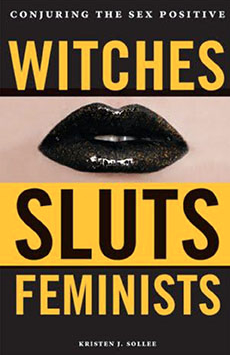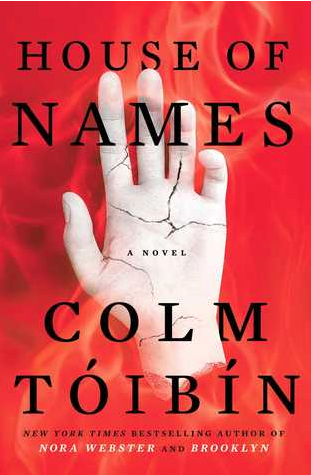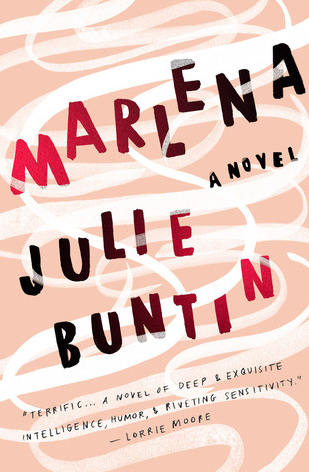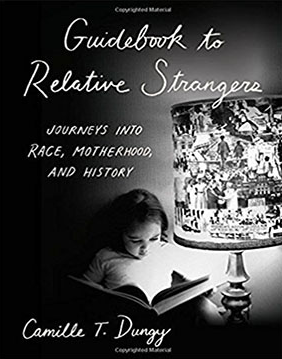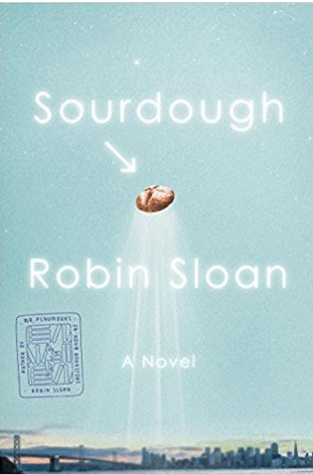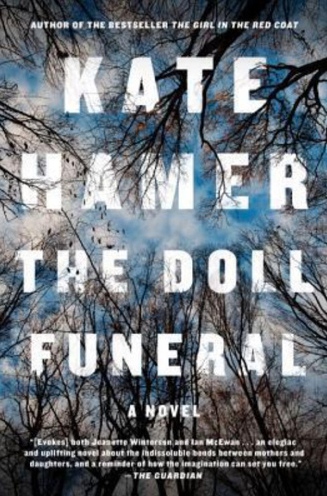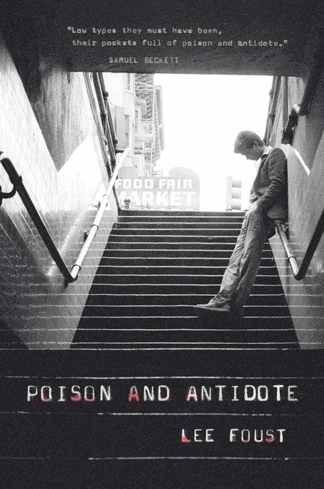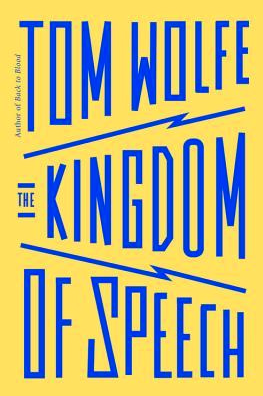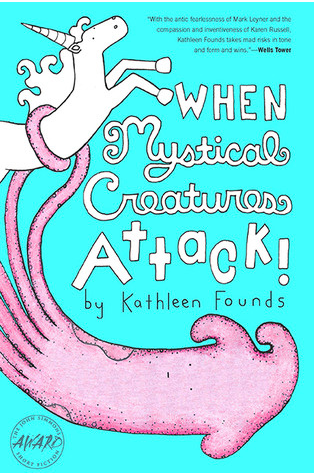Lady Midnight: The Dark Artifices
Lady Midnight is the first of the newThe Dark Artifices trilogy written by Cassandra Clare. The novel follows the lives of shadowhunters Emma Carstairs and Julian Blackthorn. Shadowhunters are nephelium, half-angel, half-humans, who kill demons. They’re on a mission to figure out why there have been a series of killings throughout Los Angeles that seem similar to murder of Emma’s parents five years before.
The Dark Artificesis the third series in the Shadowhunter Chronicles universe – the first and second being The Mortal Instruments and The Infernal Devices.
Clare is one of my favorite authors and originally won my heart over in The Mortal Instruments. She continues to keep me enthralled with Lady Midnight.
The novel was a thrill ride from start to end and was definitely a treat for those who read the previous books. You get all the humor and action that you loved and there are even appearances from past characters such as Clary Fray, Jace “Insert Last Name Here” (he goes through quite a few of them), Tessa Gray, Jem Carstairs, and a crowd favorite, Magnus Bane.
If you haven’t read the previous books, no worries! Lady Midnight has made its own mark with loveable characters, entertaining action, steamy scenes, and great adventure. There are so many interesting and complicated relationships, too. For instance, the forbidden love between Emma and Julian, desperation of lost love from our villain, and difficult relations between lost family members just to name a few. One thing I got from this read is, relationships are complicated no matter who they’re with. One thing I’d suggest is to always keep an eye on characters in this universe, minor characters included. You never know when they’ll show up again.
If you enjoy an addictive read full of action, some laughs, romance, and a whole lot of magic, I’d suggest picking up Lady Midnight.
Reading the first two series of books is definitely not needed but if you want to get all of the nice Easter eggs placed in the novel, it wouldn’t hurt. There is so much about this book and this universe that Clare has created; it’s hard to sum up the vastness of it all. This world of Shadowhunters, demons, and Downworlders is quite large and is still growing. Take a dive into it.
You can check out the next novel, Lord of Shadows, now! The last installment of The Dark Artifices, Queen of Air and Darkness, was released in autumn of 2018.
Reviewed by Courtney Gilmore
Published by Margaret K. McElderry Books
Published in 2016
ISBN: 1442468351
698 Pages (Hardcover)

